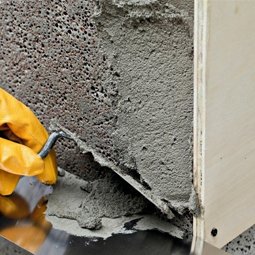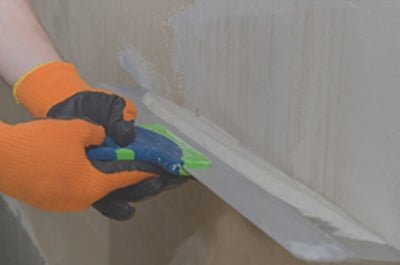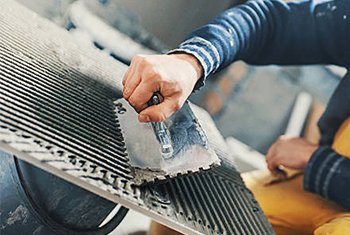Which HPMC used for Building mortar cement
What is HPMC ?
What is HPMC Use ?
There are many fields of application for hypromellose, including:[5]
- Tile adhesives
- Cement renders
- Gypsum products
- Pharmaceutical
- Paints & coatings
- Food
- Cosmetics
- Detergents & cleaners
- Eye drops
- Contact lenses
Back to our theme,Which HPMC used for Building mortar cement ?
1.Water-Holding Capacity
Water retention reflects the workability of cement mortars. In modern building products, Cellulose ether hpmc play an important role, particularly in dry-mix mortars such as wall renders and plasters based on mineral binders including lime and cement. Their main function is to prevent uncontrolled water loss into porous substrates
When the addition level is 0.002%, the water retention rate increases from 83% to 88%; while the former is 0.02%, the latter can reach 97%. Meanwhile, low level of hydroxypropyl methyl cellulose addition can also significantly reduce the layering degree and bleeding rate of the mortar. This shows that hydroxypropyl methyl cellulose can not only enhance the water-holding capacity of the mortar but also significantly improve the cohesiveness of the mortar, which is very advantageous to the uniformity of mortar construction quality.
2. Improving Workability
The application of hydroxypropyl methyl cellulose HPMC can improve the workability of mortar.
Hydroxypropyl methyl cellulose hpmc can improve the cohesiveness and operability of mortar, overcome the common defects of common mortar such as shelling and empty drum, reduce blanking, save materials and reduce costs.


3. Lubricating Ability
All air-entraining agents have the function of wetting agents, because they can reduce the surface tension and then help the fine powder in the mortar to disperse when mixing with water.
4.Sag Resistance
Another of the hydroxypropyl methyl cellulose effects. Good anti-sagging mortar means no sagging or downward flow hazards during thick-layer construction. The sag resistance can be improved by building special hydroxypropyl methyl cellulose, especially the newly developed building special hydroxypropyl methyl cellulose, which can provide the mortar with better sag resistance.



5.Bubble Content
High bubble content can lead to better yield and workability of the mortar, and reduce the formation of cracks. Meanwhile, it also reduces the strength value, and the “liquefaction” phenomenon occurs. The bubble content usually depends on the stirring time. hydroxypropyl methyl cellulose products are widely used to improve the performance of hydraulic building materials, such as cement and plaster. In the cement-based mortar, it can improve the water-holding capacity, extend the correction time and opening hours, and reduce sagging phenomena.
Michem’s architectural milacell cellulose series products can provide special HPMC products with different grades of viscosity for your HPMC for tile adhesive, and can also be customized for you.Click to Contact Us
